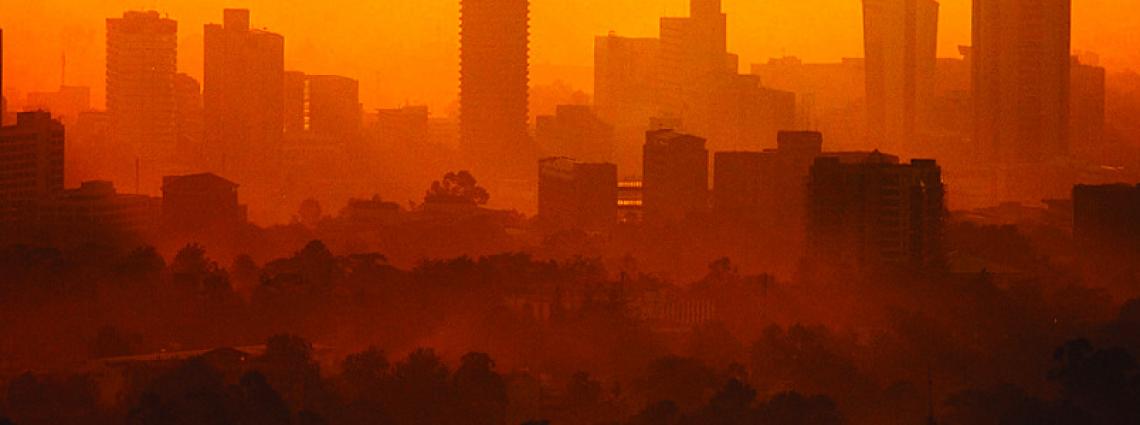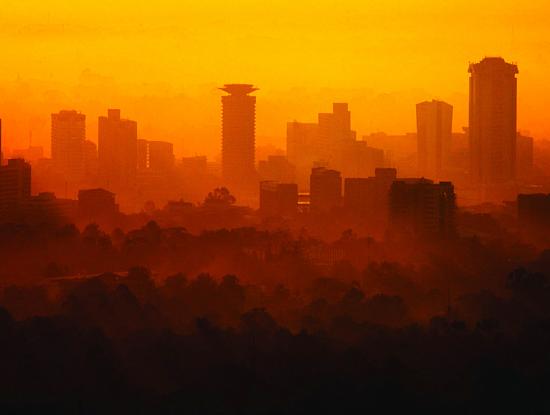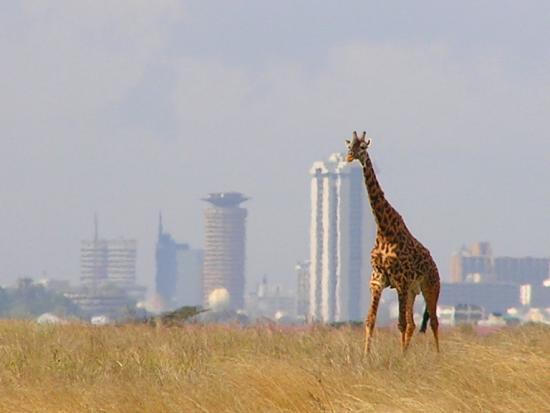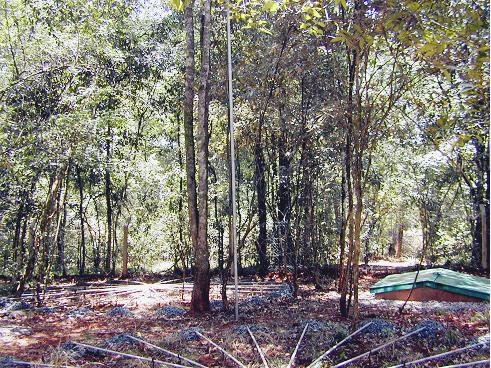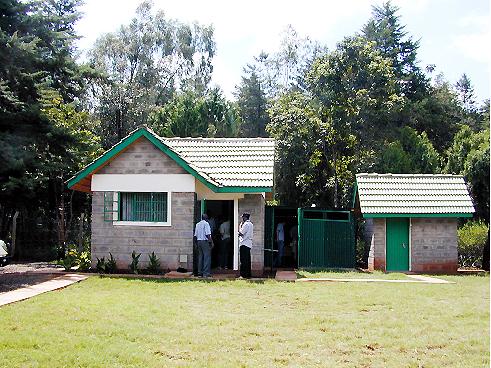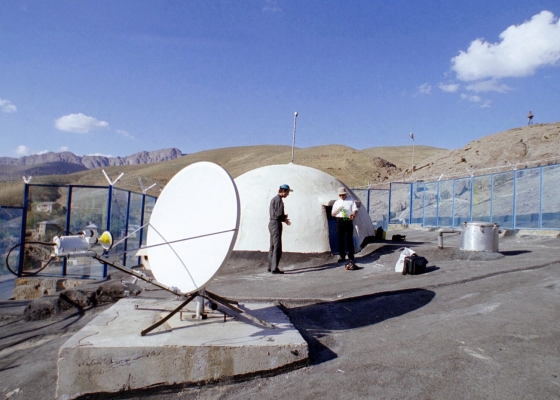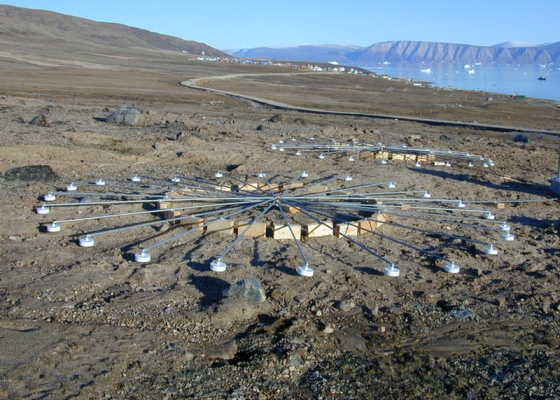IS32, Nairobi, Kenya
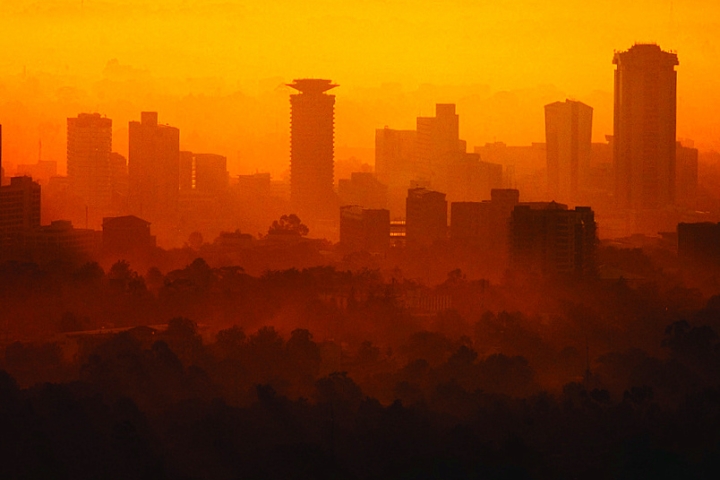
Nairobi, Kenya
Thumbnail: Nairobi
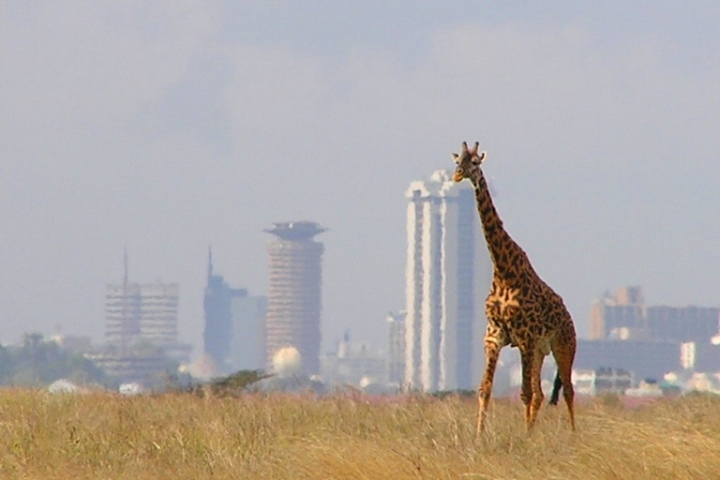
Nairobi National Park, located just outside the city, is home to large herds of buffalo, giraffe, wildebeest and zebra.
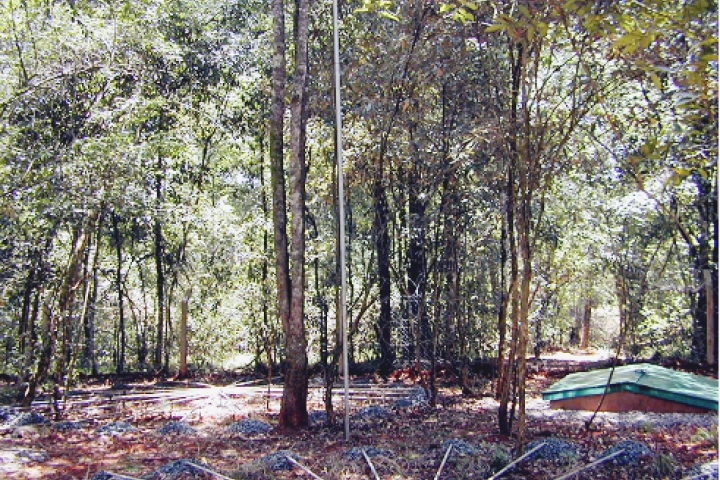
Karura Forest on the northern outskirts of Nairobi had been identified as the preferred location for IS32.
Station Location
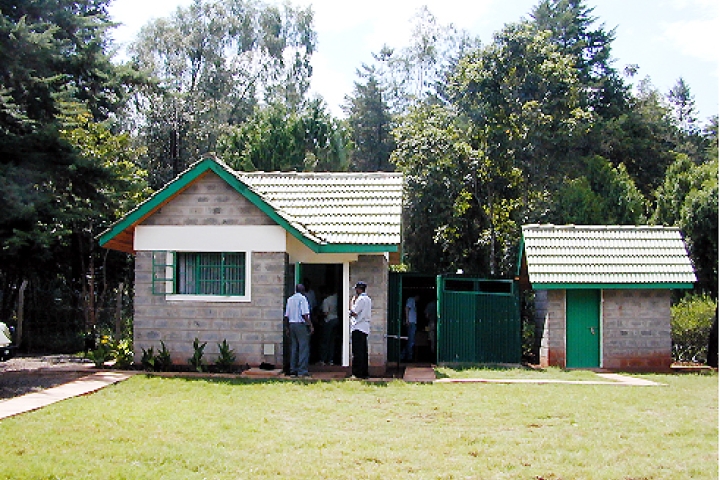
IS32 is an unmanned station, but the station operator can access the Central Processing Facility (CPF) to make repairs or upgrades at any times.
Station Profile
Walking towards the station during the certification visit in 2003.
